42 (figure 1) is the potential-energy diagram for a 500 g particle that is released from rest at a.
The figure shows the potential energy diagram for a 500 g particle that is released from rest at A. a. What is the particle's speed at B? Problem 30 Medium Difficulty. is the potential-energy diagram for a 500 g particle that is released from rest at A. What are the particle's speeds at B,C, ...
Problem: The figure is the potential-energy diagram for a 500 g particle that is released from rest at A. What are the particle's speeds at B, C, and D?1 answer · Top answer: From the equation of kinetic energy:K.E = (1/2)mv2At point B:The potential energy is 2J. The kinetic energy is (5 - 2) = 2 J.[readmore]Therefore, 3 = (1/2)(500 ...

(figure 1) is the potential-energy diagram for a 500 g particle that is released from rest at a.
Old English for "before, in the sight of, in the presence of; as far as; during, before; on account of, for the sake of; in place of, instead of," from Proto-Germanic *fur "before; in" (source also of Old Saxon furi "before," Old Frisian for, Middle Dutch vore, Dutch voor "for, before;" German für "for;" Danish for "for," før "before;" Gothic faur "for," faura "before"), from PIE root *per- (1) "forward," hence "in front of, before," etc. From late Old English as "in favor of." For and fore differentiated gradually in Middle English. For alone as a conjunction, "because, since, for the reason that; in order that" is from late Old English, probably a shortening of common Old English phrases such as for þon þy "therefore," literally "for the (reason) that." c. 1200, "numeral;" mid-13c., "visible appearance of a person;" late 14c., "visible and tangible form of anything," from Old French figure "shape, body; form of a word; figure of speech; symbol, allegory" (10c), from Latin figura ";a shape, form, figure; quality, kind, style; figure of speech," in Late Latin ";a sketch, drawing" (from PIE root *dheigh- "to form, build"). Philosophical and scientific senses are from use of Latin figura to translate Greek skhema. Meaning "lines forming a shape" is from mid-14c. From mid-14c. as "human body as represented by art;" late 15c. as ";a body, the human form as a whole." From late 14c. as ";a cut or diagram inserted in text." The rhetorical use of figure, "peculiar use of words giving meaning different from usual," dates to late 14c.; hence figure of speech (1550s). Figure-skating is from 1835, so called for the circular patterns skaters formerly made on the ice to demonstrate control; they were dropped from international competition in 1990, but the name remains. Figure e The figure below shows a bullet of mass 200 g traveling horizontally towards the east with speed 400 m/s, which strikes a block of mass 1.5 kg that is initially at rest on a frictionless table. After striking the block, the bullet is embedded in the block and the block and the bullet move together as one unit.
(figure 1) is the potential-energy diagram for a 500 g particle that is released from rest at a.. The figure below shows a plot of potential energy U versus position x of a 1.30 kg particle that can travel only along an x axis. ... A 700 g block is released from rest above a vertical spring ... late 14c., "possible" (as opposed to actual), "capable of being or becoming," from Old French potenciel and directly from Medieval Latin potentialis "potential," from Latin potentia "power, might, force;" figuratively "political power, authority, influence," from potens "powerful," from potis "powerful, able, capable; possible;" of persons, "better, preferable; chief, principal; strongest, foremost," from PIE root *poti- "powerful; lord." The noun, meaning "that which is possible, anything that may be" is attested by 1817 (Coleridge), from the adjective. Middle English had potencies (plural) ";a caustic medicine" (early 15c.). 8.52 A 200-g particle is released from rest at point A along the horizontal diameter on the inside of a frictionless, hemispherical bowl of radius R = 30.0 cm (Figure P8.52). Calculate (a) its gravitational potential energy at point A relative to point B, (b) its kinetic energy at point B, (c) its speed at point B, and prefix usually meaning "away, opposite, completely," from Old English for-, indicating loss or destruction, but in other cases completion, and used as well with intensive or pejorative force, from Proto-Germanic *fur "before, in" (source also of Old Norse for-, Swedish för-, Dutch ver-, Old High German fir-, German ver-); from PIE *pr-, from root *per- (1) "forward," hence "in front of, before, toward, near, against." In verbs the prefix denotes (a) intensive or completive action or process, or (b) action that miscarries, turns out for the worse, results in failure, or produces adverse or opposite results. In many verbs the prefix exhibits both meanings, and the verbs frequently have secondary and figurative meanings or are synonymous with the simplex. [Middle English Compendium] Probably originally in Germanic with a sense of "forward, forth," but it spun out complex sense developments in the historical languages. Disused as a word-forming element in Modern English. Ultimately from the same root as fore (adv
seventh letter of the alphabet, invented by the Romans; a modified gamma introduced c. 250 B.C.E. to restore a dedicated symbol for the ";g" sound. For fuller history, see C. Before the vowels -e-, -i-, and -y-, Old English initial g- changed its sound and is represented in Modern English by consonantal y- (year, yard, yellow, young, yes, etc.). In get and give, however, the initial g- seems to have been preserved by Scandinavian influence. As a movie rating in the U.S., 1966, standing for general (adj.). Standing for gravity in physics since 1785. An electron is released from rest in a uniform electric field and accelerates to the north at a rate of 105 meters per second squared. ... particle 1 with charge Q_1 = 64.0 \ nC is at xy ... 1610s, "an illustrative figure giving only the outlines or general scheme of the object;" 1640s in geometry, ";a drawing for the purpose of demonstrating the properties of a figure;" from French diagramme, from Latin diagramma ";a scale, a musical scale," from Greek diagramma "geometric figure, that which is marked out by lines," from diagraphein "mark out by lines, delineate," from dia "across, through" (see dia-) + graphein "write, mark, draw" (see -graphy). Related: Diagrammatic; diagrammatically. The verb, "to draw or put in the form of a diagram," is by 1822, from the noun. Related: Diagrammed; diagramming. 8.1 Potential Energy of a System. 8.2 Conservative and Non-Conservative Forces. ... Compare the work required to stop a 100-kg crate sliding at 1.0 m/s and an 8.0-g bullet traveling at 500 m/s. [reveal-answer q=”fs-id1165038217592″]Show Solution[/reveal-answer] ... A small block of mass 200 g starts at rest at A, slides to B where its speed ...
Jul 1, 2021 — The figure is the potential-energy diagram for a 500 g particle that is released from rest at A. What are the particle's speeds at B, C, ... assimilated form of ad- "to, toward, before" before stems beginning in -t-; see ad-. In Old French and Middle English regularly reduced to a-, later restored. Figure 6.8 (a) A free-body diagram is shown, which indicates all the external forces on the system consisting of the tractor and baggage carts for carrying airline luggage. (b) A free-body diagram of the tractor only is shown isolated in order to calculate the tension in the cable to the carts. late 14c., ";a bit or fragment, small part or division of a whole, minute portion of matter," from Latin particula "little bit or part, grain, jot," diminutive of pars (genitive partis) ";a part, piece, division" (from PIE root *pere- (2) "to grant, allot"). In grammar, ";a part of speech considered of minor consequence or playing a subordinate part in the construction of a sentence" (1530s). Particle physics, which is concerned with sub-atomic particles, is attested from 1969. In construction, particle board (1957) is so called because it is made from chips and shavings of wood.
Figure EX10.26 is the potential energy diagram for a 500 g particle that is released from rest at A. What are the particle's speeds at B, C, and D? Solution ...1 answer · Top answer: ?Solution 26E Step 1az: We are going to find the speed of the particle at the points B, C, and D. The mass of the particle m = 500 g = 0.5 kg The energy ...
In a particle accelerator, a proton has mass 1.67 × 10 −27 kg 1.67×10−27kg and an initial speed of 2.00 × 10 5 m / s. 2.00×105m/s. It moves in a straight line, and its speed increases to 9.00 × 10 5 m / s 9.00×105m/s in a distance of 10.0 cm. Assume that the acceleration is constant.
Jul 29, 2019 — Figure ex1026 is the potential energy diagram for a 500 g par ticle that is released from rest. What are the particles speeds atb c and d. A 6kg ...
[to repose; to cease from action] Middle English resten, from Old English ræstan, restan "take repose by lying down; lie in death or in the grave; cease from motion, work, or performance; be still or motionless; be undisturbed, be free from what disquiets; stand or lie as upon a support or basis," from Proto-Germanic *rastejanan (source also of Old Saxon restian, Old Frisian resta, Middle Dutch rasten, Dutch rusten, Old High German reston, German rasten, Swedish rasta, Danish raste "to rest";), a word of doubtful etymology (compare rest (n.1)). Transitive senses "give repose to; lay or place, as on a support or basis" are from early 13c. Meaning "cease from, have intermission" is late 14c., also "rely on for support." In law, "voluntarily end the presentation of evidence to allow presentation of counter-evidence by the opposing party," by 1905. Related: Rested; resting. To rest up "recover one's strength" is by 1895, American English. To rest in "remain confident or hopeful in" is by late 14c., biblical. Resti
Old English þæt, "that, so that, after that," neuter singular demonstrative pronoun (";A Man's a Man for a' that"), relative pronoun ("O thou that hearest prayer"), and demonstrative adjective ("Look at that caveman go!"), corresponding to masc. se, fem. seo. From Proto-Germanic *that, from PIE *tod-, extended form of demonstrative pronominal base *-to- (see -th (1)). With the breakdown of the grammatical gender system, it came to be used in Middle English and Modern English for all genders. Germanic cognates include Old Saxon that, Old Frisian thet, Middle Dutch, Dutch dat "that," German der, die, das "the." Generally more specific or emphatic than the, but in some cases they are interchangeable. From c. 1200 opposed to this as indicating something farther off. In adverbial use ("I'm that old"), in reference to something implied or previously said, c. 1200, an abbreviation of the notion of "to that extent," "to that degree." As a conjunction ("Not that I loved Caesar less, but that I loved Rome more") it was
The figure is the potential-energy diagram for a 500 g particlethat is released from rest at A. What are the particle's speeds atB, C, and D?
Example 2: Potential energy of electrostatic forces exerted by charged particles. The figure shows two charged particles a distance x apart. To calculate the potential energy of the force acting on particle 2, we place particle 1 at the origin, and note that the force acting on particle 2 is
8.1 Potential Energy of a System. 8.2 Conservative and Non-Conservative Forces. ... Figure 6.8 (a) A free-body diagram is shown, which indicates all the external forces on the system consisting of the tractor and baggage carts for carrying airline luggage. (b) A free-body diagram of the tractor only is shown isolated in order to calculate the ...
Model: For an energy diagram, the sum of the kinetic and potential energy is a constant. Visualize: The particle with a mass of 500 g is released from rest ...9 pages
Solution for (Figure 1) is the potential-energy diagram for a 500 g particle that is released from rest at A. Part A What is the particle's speed at B?
Find the required angular speed, ω, of an ultracentrifuge for the radial acceleration of a point 1.40 cm from the axis to equal 6.00×105 g (where g is the acceleration due to gravity). 1.96×10^5 The string constrains the rotational and translational motion of the cylinder.
The figure below shows a bullet of mass 200 g traveling horizontally towards the east with speed 400 m/s, which strikes a block of mass 1.5 kg that is initially at rest on a frictionless table. After striking the block, the bullet is embedded in the block and the block and the bullet move together as one unit.
c. 1200, "numeral;" mid-13c., "visible appearance of a person;" late 14c., "visible and tangible form of anything," from Old French figure "shape, body; form of a word; figure of speech; symbol, allegory" (10c), from Latin figura ";a shape, form, figure; quality, kind, style; figure of speech," in Late Latin ";a sketch, drawing" (from PIE root *dheigh- "to form, build"). Philosophical and scientific senses are from use of Latin figura to translate Greek skhema. Meaning "lines forming a shape" is from mid-14c. From mid-14c. as "human body as represented by art;" late 15c. as ";a body, the human form as a whole." From late 14c. as ";a cut or diagram inserted in text." The rhetorical use of figure, "peculiar use of words giving meaning different from usual," dates to late 14c.; hence figure of speech (1550s). Figure-skating is from 1835, so called for the circular patterns skaters formerly made on the ice to demonstrate control; they were dropped from international competition in 1990, but the name remains. Figure e
Old English for "before, in the sight of, in the presence of; as far as; during, before; on account of, for the sake of; in place of, instead of," from Proto-Germanic *fur "before; in" (source also of Old Saxon furi "before," Old Frisian for, Middle Dutch vore, Dutch voor "for, before;" German für "for;" Danish for "for," før "before;" Gothic faur "for," faura "before"), from PIE root *per- (1) "forward," hence "in front of, before," etc. From late Old English as "in favor of." For and fore differentiated gradually in Middle English. For alone as a conjunction, "because, since, for the reason that; in order that" is from late Old English, probably a shortening of common Old English phrases such as for þon þy "therefore," literally "for the (reason) that."






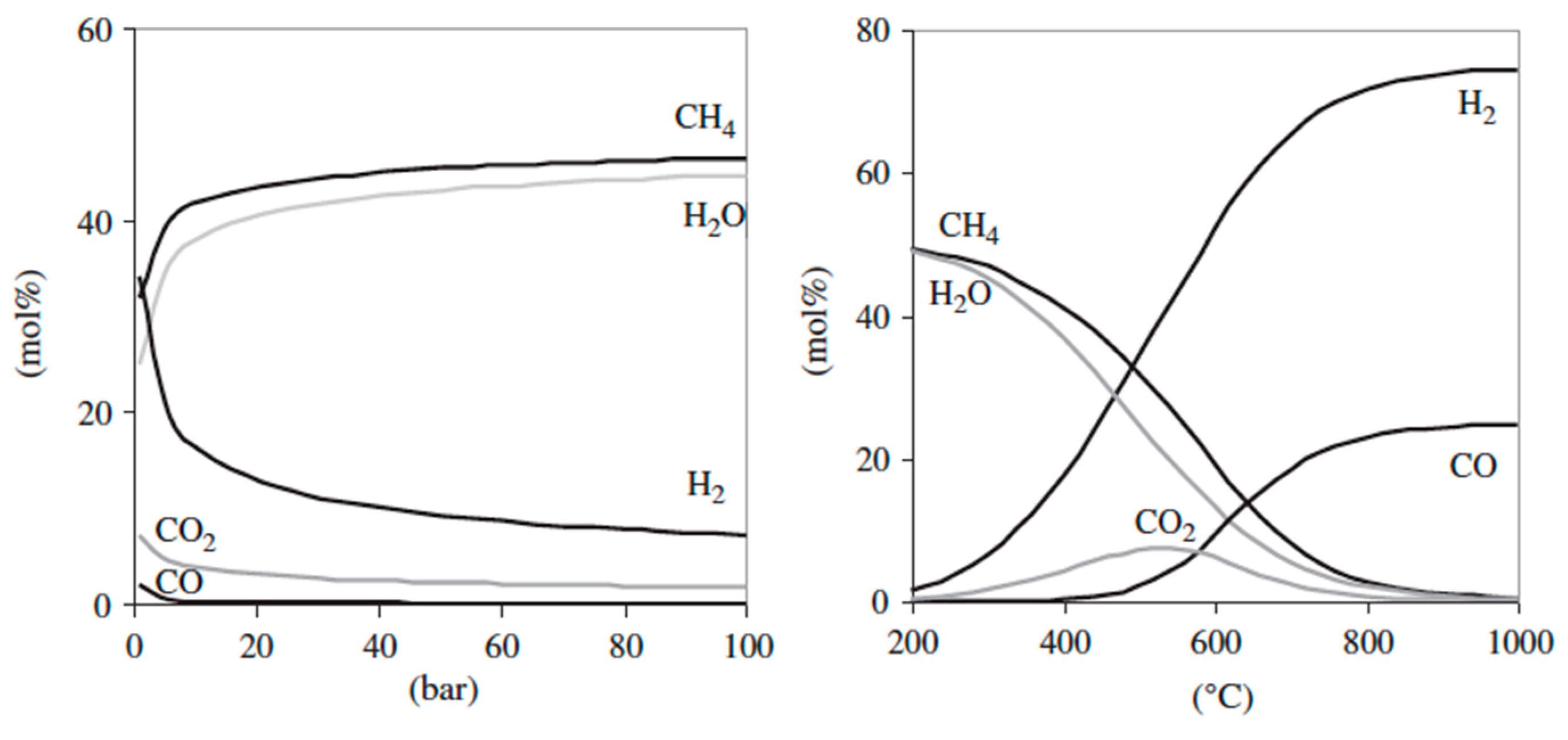

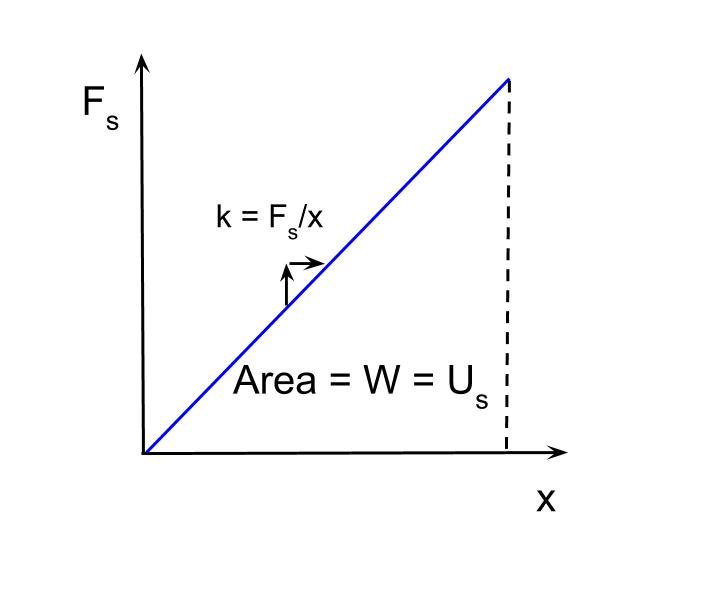





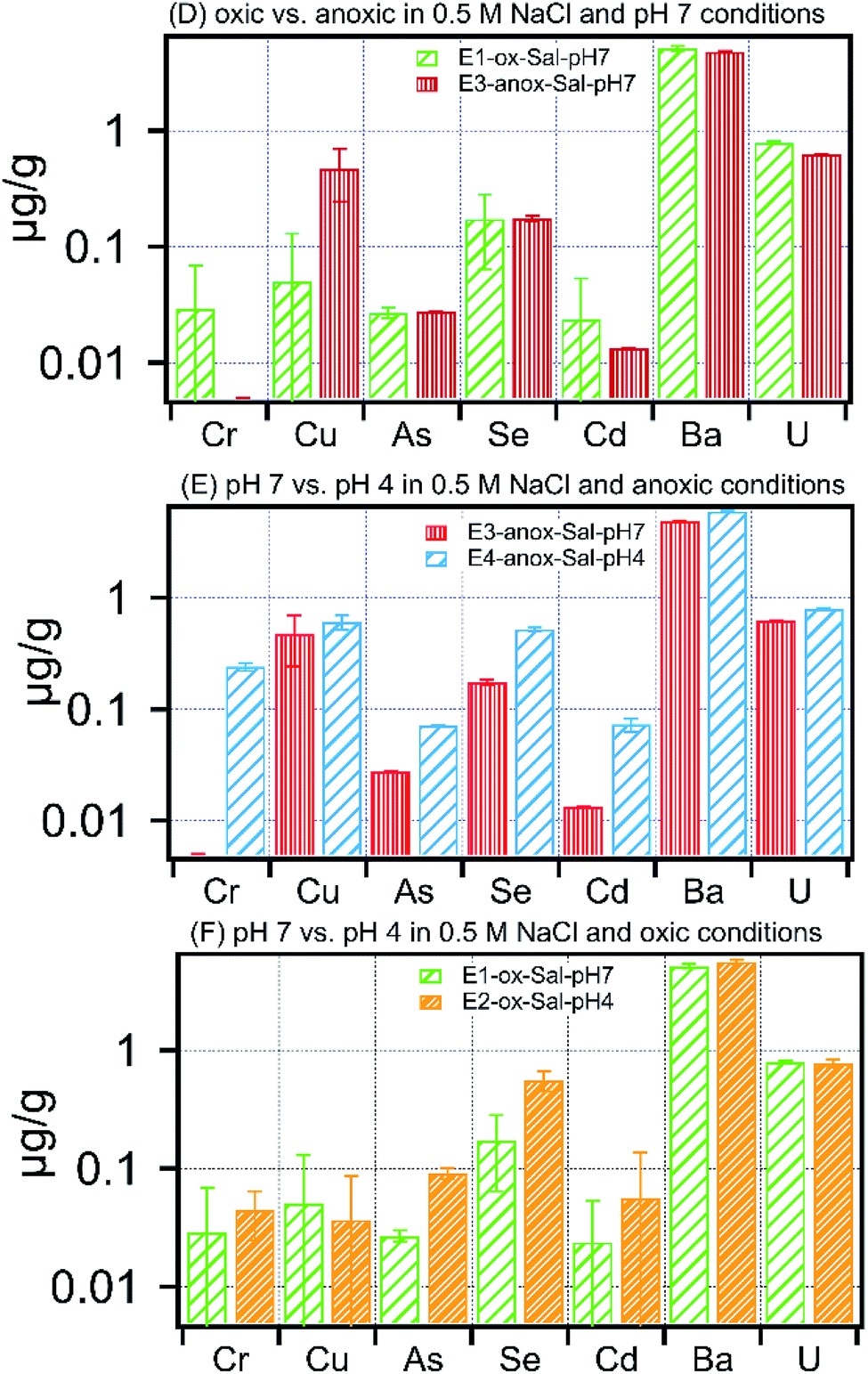


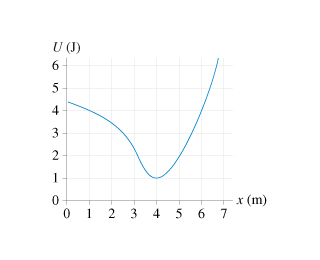

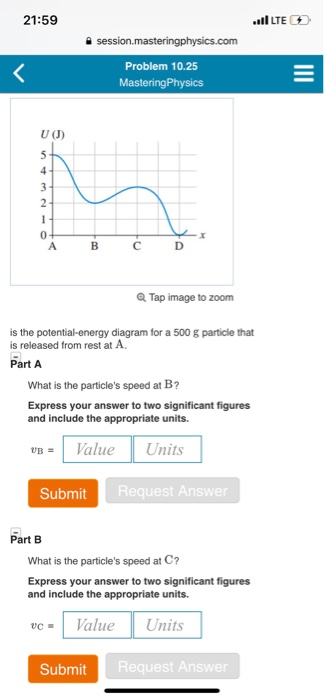



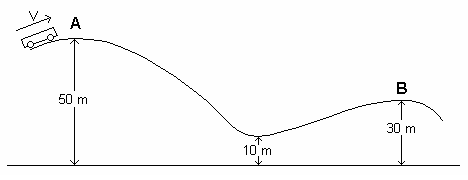
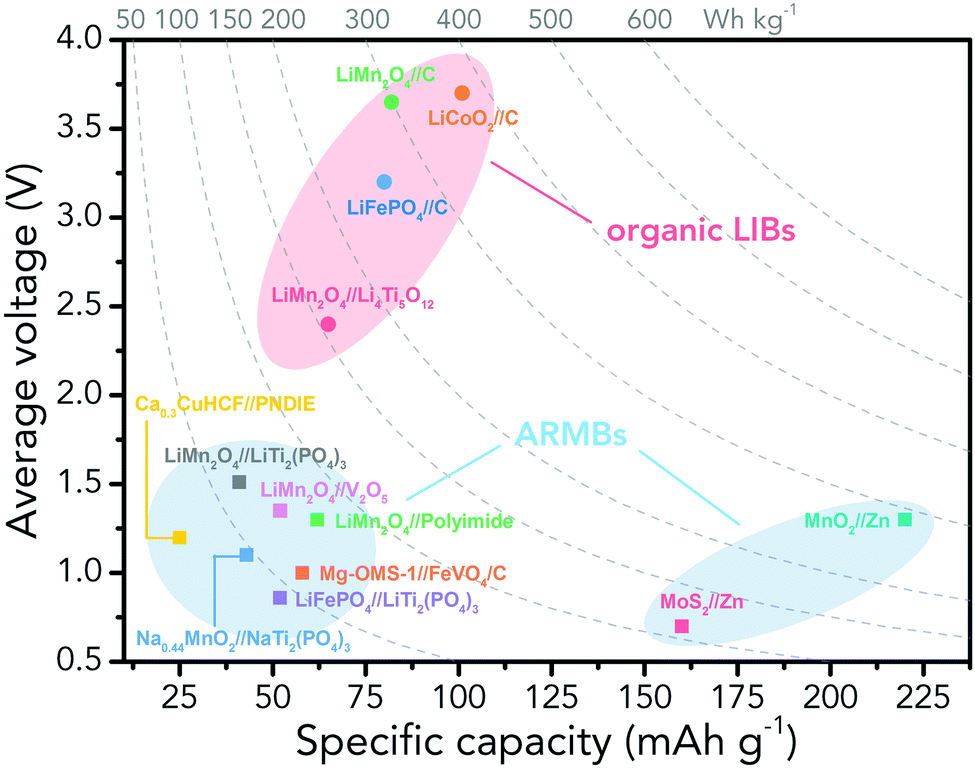


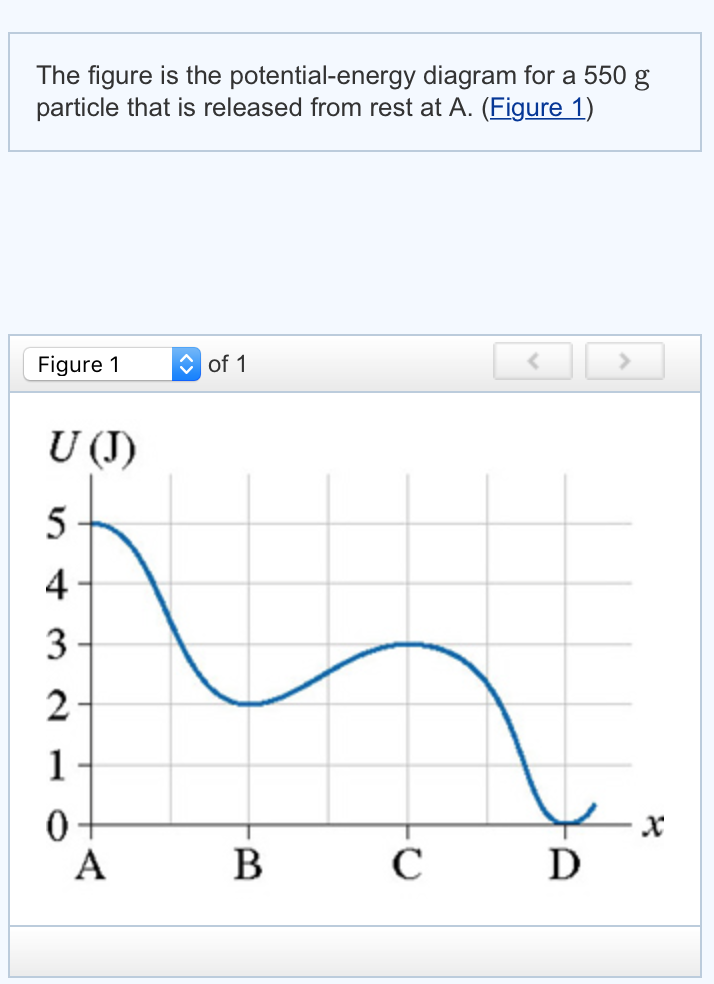
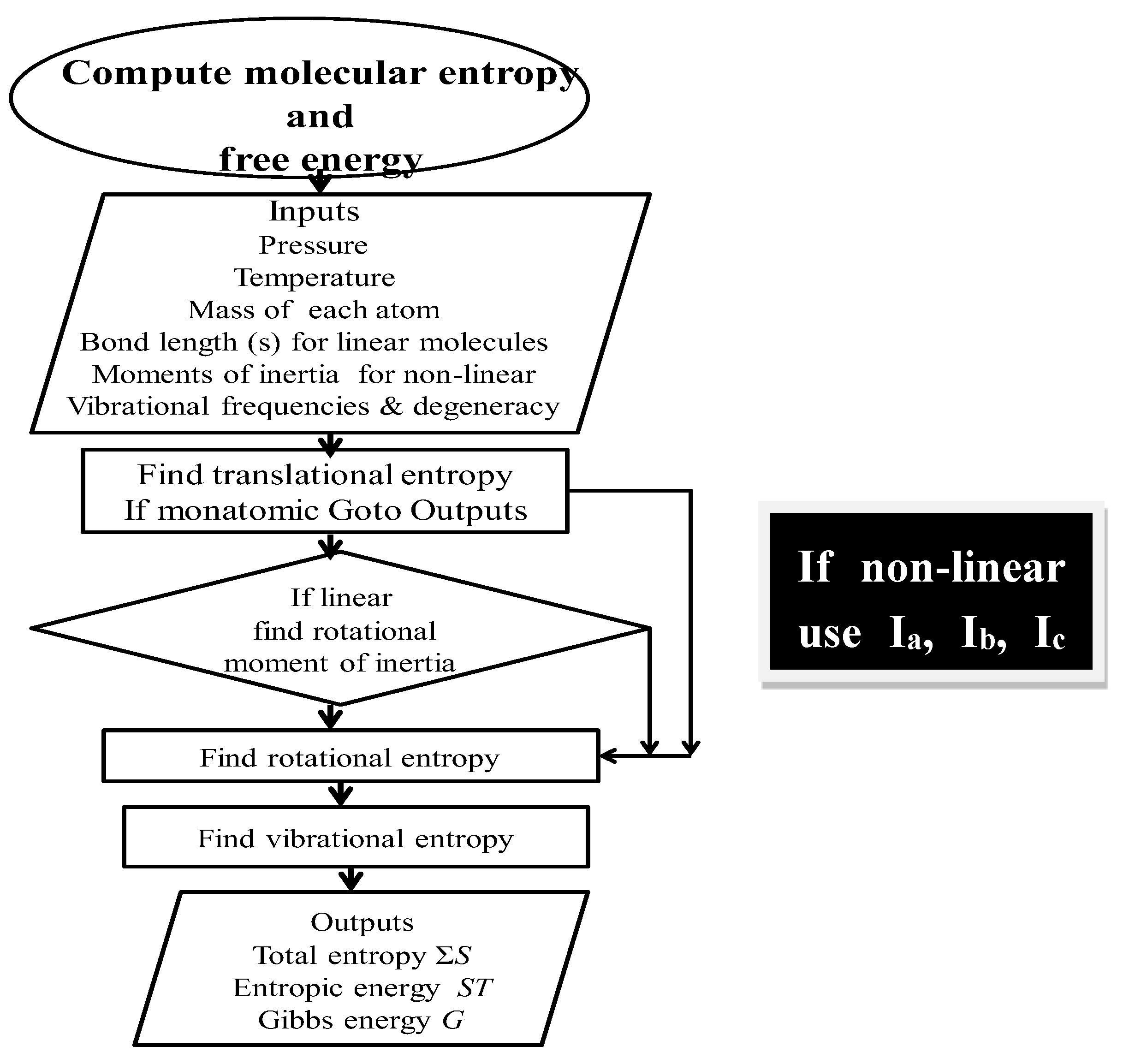



0 Response to "42 (figure 1) is the potential-energy diagram for a 500 g particle that is released from rest at a."
Post a Comment